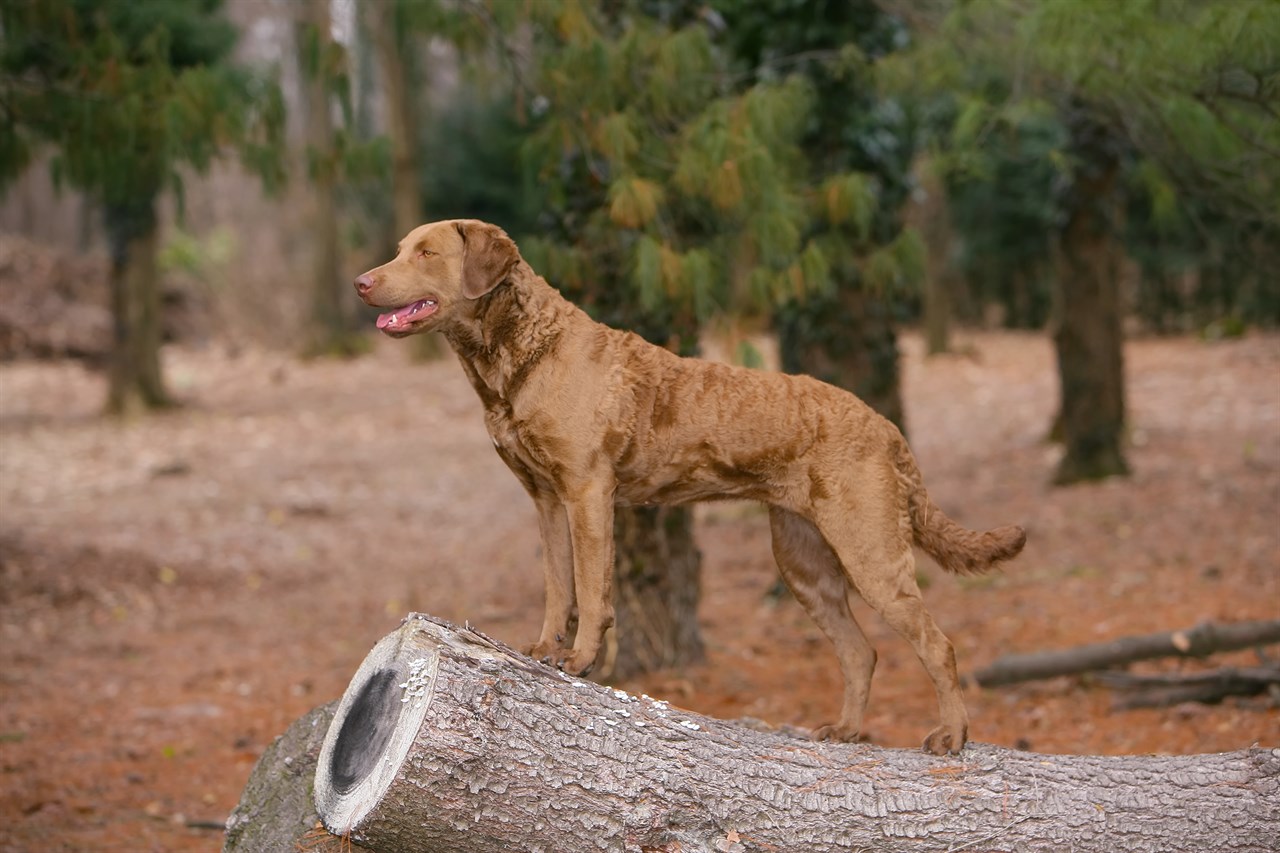Toilet Training a Chesapeake Bay Retriever: Tips and Guidelines

Toilet training, also known as housebreaking, is an essential aspect of raising a well-behaved Chesapeake Bay Retriever (Chessie). Properly training your Chessie in this regard is crucial to maintain a clean and harmonious living environment. Here are some valuable tips and guidelines to help you successfully toilet train your Chesapeake Bay Retriever.
Start Early
Begin toilet training as early as possible, ideally when your Chessie is still a puppy. Younger dogs tend to be more receptive to training, and early habits can stick with them throughout their lives.
Establish a Routine
Consistency is key when it comes to toilet training. Create a daily routine that includes regular potty breaks, feeding times, and playtime. Take your Chessie out to eliminate after waking up, after eating, and before bedtime.
Choose a Designated Spot
Designate a specific spot in your yard for your Chessie to do their business. Consistently taking them to this spot will help them understand where it's acceptable to relieve themselves.
Use Positive Reinforcement
Reward your Chessie with praise and treats when they successfully eliminate in the designated spot. Positive reinforcement reinforces good behaviour and encourages them to continue using the designated area.
Watch for Signs
Pay close attention to your Chessie's behaviour. Signs that they need to go include sniffing the ground, circling, or whining. When you notice these signs, take them outside immediately.
Supervise and Restrict Access
When your Chessie is indoors, keep a close eye on them. If you can't supervise, consider using a crate or puppy pen to limit their access to the rest of the house. Dogs generally avoid soiling their living area.
Clean Accidents Promptly
Accidents will happen, especially during the initial stages of training. When they occur, clean up the mess promptly using an enzymatic cleaner. This type of cleaner helps remove the scent, which can attract your dog to repeat the behaviour in the same spot.
Be Patient and Avoid Punishment
Remember that toilet training takes time, and accidents are part of the process. Never punish your Chessie for accidents, as it can create fear and anxiety. Positive reinforcement and patience are far more effective.
Consistency with Feeding
Feeding your Chessie at consistent times can help predict when they will need to go outside. Avoid free-feeding, where food is available at all times, as it can make the training process more challenging.
Gradually Extend Time Between Breaks
As your Chessie becomes more reliable, gradually extend the time between potty breaks. This will help them learn to hold their bladder for longer periods.
Monitor Water Intake
Keep an eye on your dog's water intake, especially in the evening. Limiting water intake a few hours before bedtime can help prevent nighttime accidents.
Seek Professional Help if Needed
If you're having difficulty toilet training your Chesapeake Bay Retriever, don't hesitate to seek the guidance of a professional dog trainer or behaviourist. They can provide personalised advice and training techniques.
Remember that every dog is unique, and some Chessies may pick up toilet training faster than others. Stay patient, stay consistent, and maintain a positive attitude throughout the process. With time and effort, your Chesapeake Bay Retriever will become a well-trained and well-mannered member of your family.
Chesapeake Bay Retriever puppies for sale
- Find Chesapeake Bay Retriever puppies for sale in ACT
- Find Chesapeake Bay Retriever puppies for sale in NSW
- Find Chesapeake Bay Retriever puppies for sale in NT
- Find Chesapeake Bay Retriever puppies for sale in QLD
- Find Chesapeake Bay Retriever puppies for sale in SA
- Find Chesapeake Bay Retriever puppies for sale in TAS
- Find Chesapeake Bay Retriever puppies for sale in VIC
- Find Chesapeake Bay Retriever puppies for sale in WA